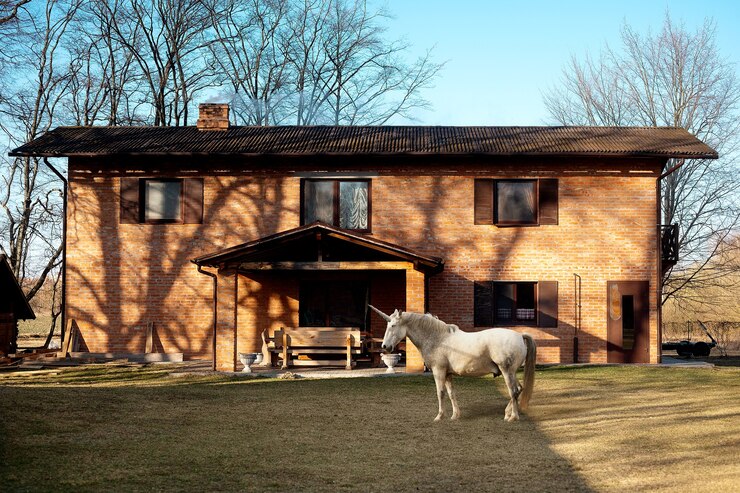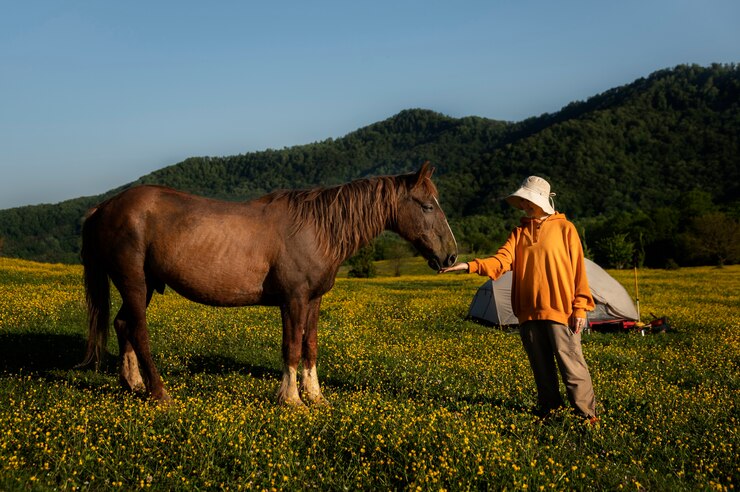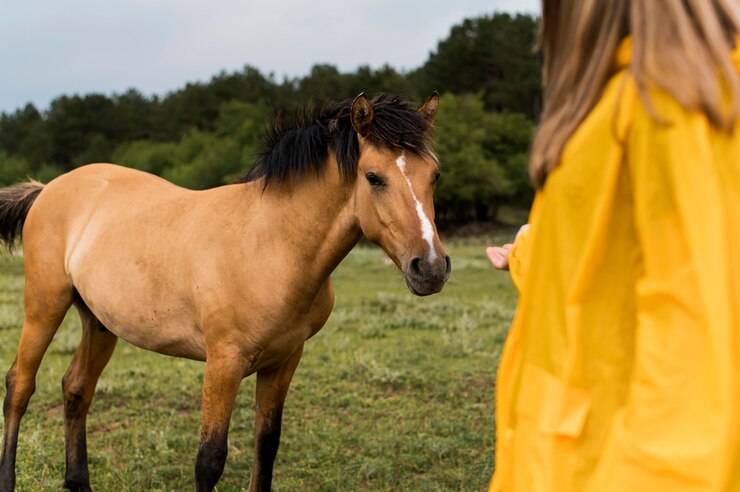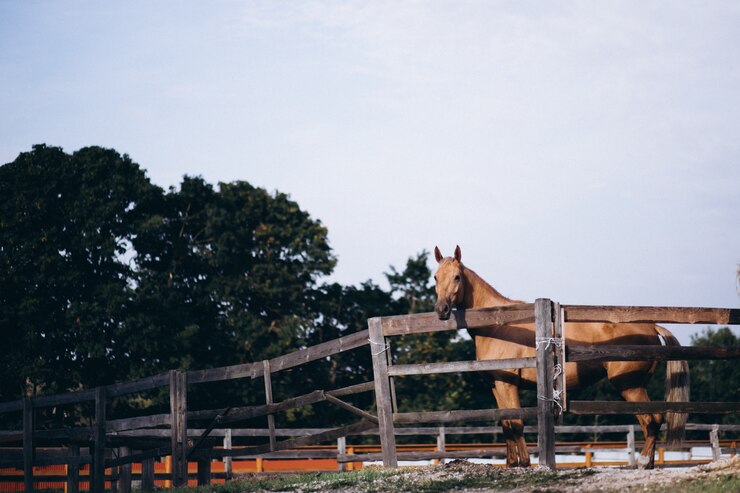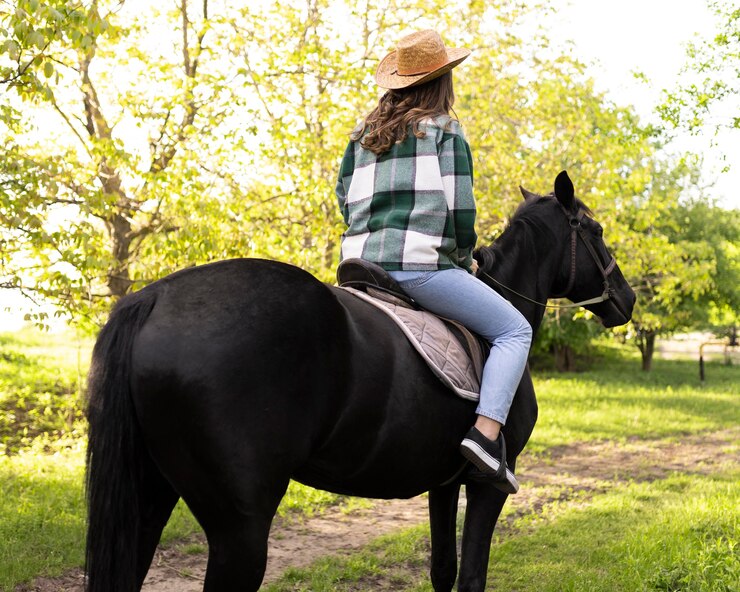Flies are a persistent nuisance in horse stables, causing irritation and discomfort to horses and posing health risks due to the transmission of diseases. Read More
Identifying Common Fly Species:
Before implementing fly control measures, it’s essential to identify the types of flies present in the stable environment. Common fly species found in horse stables include house flies, stable flies, horse flies, and face flies. Each species has specific breeding habits and preferences, which influence the effectiveness of control methods.
Implementing Environmental Management Practices:
- Manure Management: Proper manure management is crucial for controlling fly populations in horse stables. Regularly removing manure and soiled bedding from stalls and paddocks reduces breeding sites for flies and minimizes the availability of organic matter for larvae to feed on.
- Sanitation: Maintaining a clean and hygienic stable environment is essential for reducing fly populations. Regularly sweeping floors, cleaning water troughs, and removing spilled feed can help eliminate attractants for flies and prevent the buildup of organic matter.
- Proper Ventilation: Adequate ventilation helps reduce humidity levels and airflow, making the stable environment less conducive to fly breeding. Installing fans, windows, and vents can improve air circulation and reduce fly populations in enclosed spaces.
Implementing Mechanical Control Methods:
- Fly Traps: Various types of fly traps, such as sticky traps, fly tapes, and baited traps, can be used to capture and kill adult flies. Placing traps in areas with high fly activity, such as near feed and water sources or around manure piles, can help reduce fly populations effectively.
- Fly Predators: Biological control methods, such as introducing parasitic wasps (fly predators), can help control fly populations by targeting fly larvae. Fly predators are non-toxic and safe for horses, making them a sustainable and environmentally friendly option for fly control.
Using Chemical Control Methods:
- Insecticides: Insecticides can be used to kill adult flies and prevent larvae development in horse stables. However, it’s essential to use insecticides safely and responsibly, following label instructions and taking precautions to minimize exposure to horses and humans.
- Residual Sprays: Applying residual insecticide sprays to surfaces such as walls, ceilings, and around doorways can help control fly populations by creating a barrier that kills flies on contact.
Conclusion:
Effective fly control is essential for maintaining a healthy and comfortable environment for horses in stables. By implementing a combination of environmental management practices, mechanical control methods, and, when necessary, chemical control measures, stable owners can minimize fly populations and reduce the risk of fly-borne illnesses. Regular monitoring and evaluation of fly control efforts are essential for identifying areas of improvement and ensuring long-term success in fly management. With a proactive approach to fly control, stable owners can create a safer and more enjoyable environment for both horses and humans alike.

